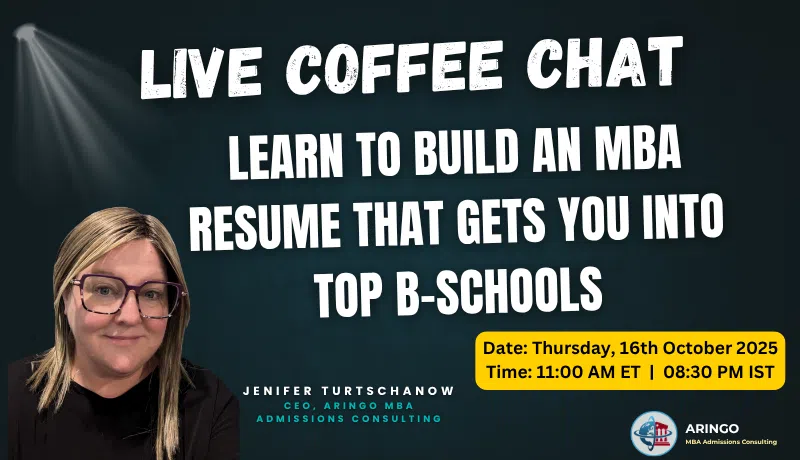Embarking on the MBA application journey can feel like a climb up a steep mountain. You know the summit—a place at a top business school—is worth the effort, but the path is shrouded in uncertainty. How do you transform a resume and a test score into a compelling narrative that captivates an admissions committee? The key lies in understanding the formula for a winning application and mastering every stage of the process, from your essays to the all-important interview.
The First Step: Knowing Your Profile and Your Goals
Before you write a single word of your application, you need to understand your own profile. The first thing admissions committees look at is your academic and professional qualifications. They want to see that you have a solid foundation and can handle the rigorous coursework of an MBA program. They’ll look at your GMAT or GRE scores, your undergraduate GPA, and your professional experience. But beyond the numbers, they’re looking for your “why.” Why do you want an MBA? Why now? And how will a specific school’s program help you achieve your future career goals?
This is where the concept of a “trampoline” comes into play. Your application should show a clear trajectory. Your past experiences, your education, and your professional journey should be the springboard for your future aspirations. You need to connect the dots and show how the MBA will be the “launching pad” that gets you to your next career milestone. Without a clear “why” and a connection to your future goals, your application can feel a bit aimless.
The Power of Your Written Materials
Once you’ve defined your purpose, it’s time to tackle the written components of the application. The essay is your chance to tell your story, but it’s not just about listing accomplishments. It’s about being “vulnerable” and authentic. Admissions committees want to hear about your failures as much as your successes. A good story often involves a moment where you failed and what you learned from it. It shows maturity and a growth mindset.
When writing your essays, you need to be “very, very strategic”. Every story and every example should serve a purpose. For instance, if you’re trying to showcase your leadership skills, don’t just say you’re a leader. Tell a story about a time you had to manage a difficult team member or lead a complex project. Admissions committees love to see a candidate who can “show, don’t tell.”
And don’t forget the short answer questions. Often, these are where you can provide that extra detail that didn’t fit into your main essays. Use this space to highlight an interesting hobby, a unique experience, or a different side of your personality. It helps round out your application and gives the admissions committee a more holistic view of who you are.
The Final Test: The MBA Interview
The interview is the last, and often most important, part of the MBA application process. This is your opportunity to bring your written application to life. Sometimes all an interviewer has is your resume, so you need to be prepared to “lead the conversation.”
The key to a successful interview is preparation. You need to practice articulating your story in a confident, clear, and compelling way. One of the most common mistakes applicants make is trying to sound like someone they’re not. Be yourself, be enthusiastic, and be honest. The interviewer is not just testing your speaking skills; they are also looking for a cultural fit with the school. They want to see if you will thrive on their campus and contribute to their community.
You should have a handful of stories ready to go that highlight your leadership skills, teamwork, problem-solving, and professional growth. You don’t need to memorize a script, but you should have a solid understanding of the narratives you want to convey.
The Final Touches: From Submission to Decision
After submitting your application, the waiting game begins. You might receive an interview invitation or, in some cases, a waitlist notification. A waitlist isn’t a “no”—it’s an opportunity to provide more information and continue to demonstrate your interest in the program.
Once you are accepted, the work isn’t over. You may need to apply for scholarships or navigate the visa process if you’re an international student. Every step of the way, from the very first thought of an MBA to your first day on campus, requires a strategic approach.
This is where a professional guide can make all the difference. ARINGO MBA Admissions Consulting has been a trusted partner in this journey for over 20 years, helping “over 4,000 applicants get accepted into top business schools.” Our goal is to help you craft the best version of your application so you can present your most compelling self to admissions committees. Get a free profile evaluation today – Contact us!
For more detailed insights on how to build a winning profile and maximize your potential, watch our full webinar.





